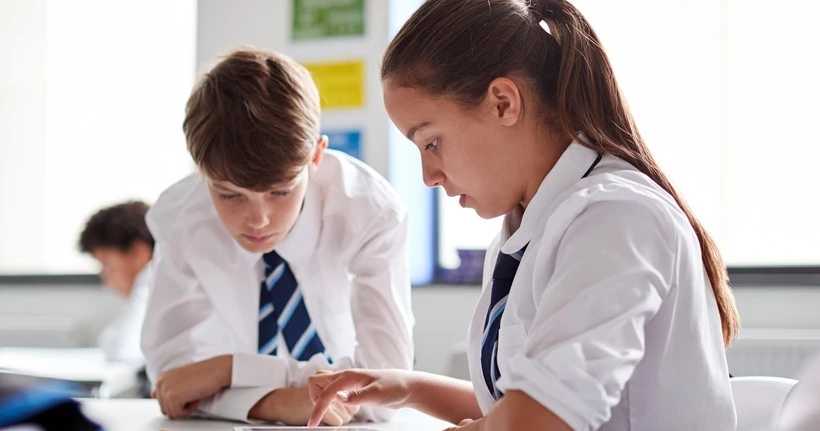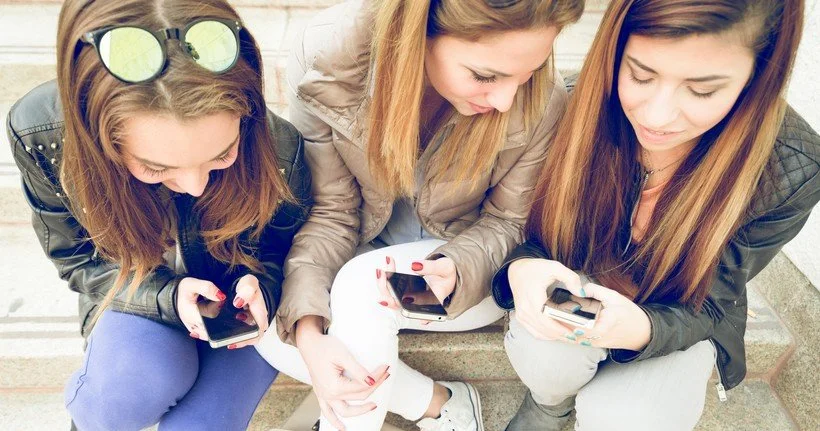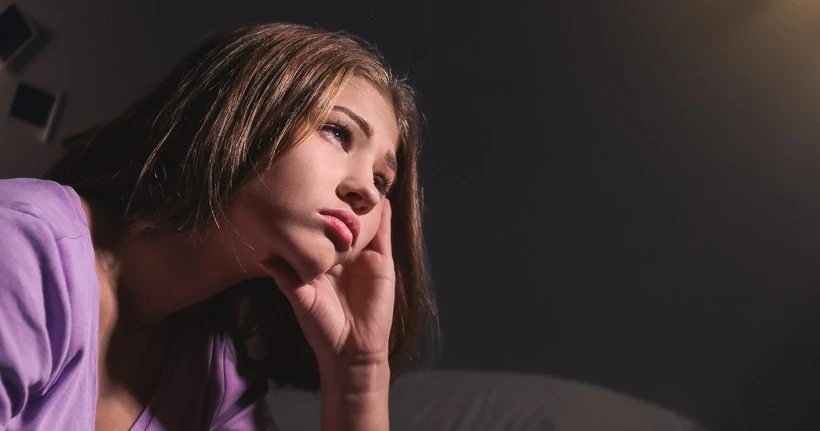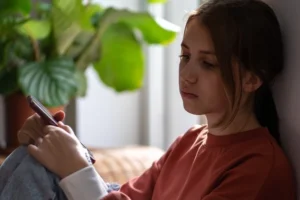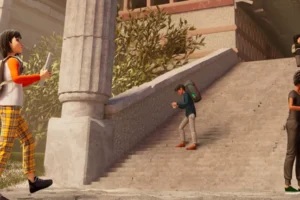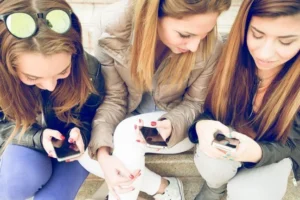All children with a smartphone or webcam-enabled laptop are at risk of involvement in this behaviour. However, my interactions with professionals and children suggest that there are a number of factors that may determine the nature of the child’s involvement and experience. These could include:
- their sex;
- social capital; and
- vulnerabilities such as additional learning needs (ALN), adverse childhoose experiences (ACEs) or poor mental health needs.
This is reflected in government guidance published in February 2024 and issued to schools in England.
The literature on which sex is more likely to send nudes is varied, but my conversations with children suggest different perceptions towards sexting between boys and girls.
Many boys perceive sexting as a low-risk and low-consequence behaviour. However, many boys also use generic sexual images that they find online. As such, they are less likely to be identified or suffer social consequences should someone share the image further.
Images are often sent by boys as a way of gaining the girl’s trust; to make her feel that she has leverage should her image spread further. During discussions, however, children are generally able to recognise that, whilst a risky activity for both boys and girls, girls are most likely to suffer significant social consequences such as shaming, humiliation and ostracisation.


